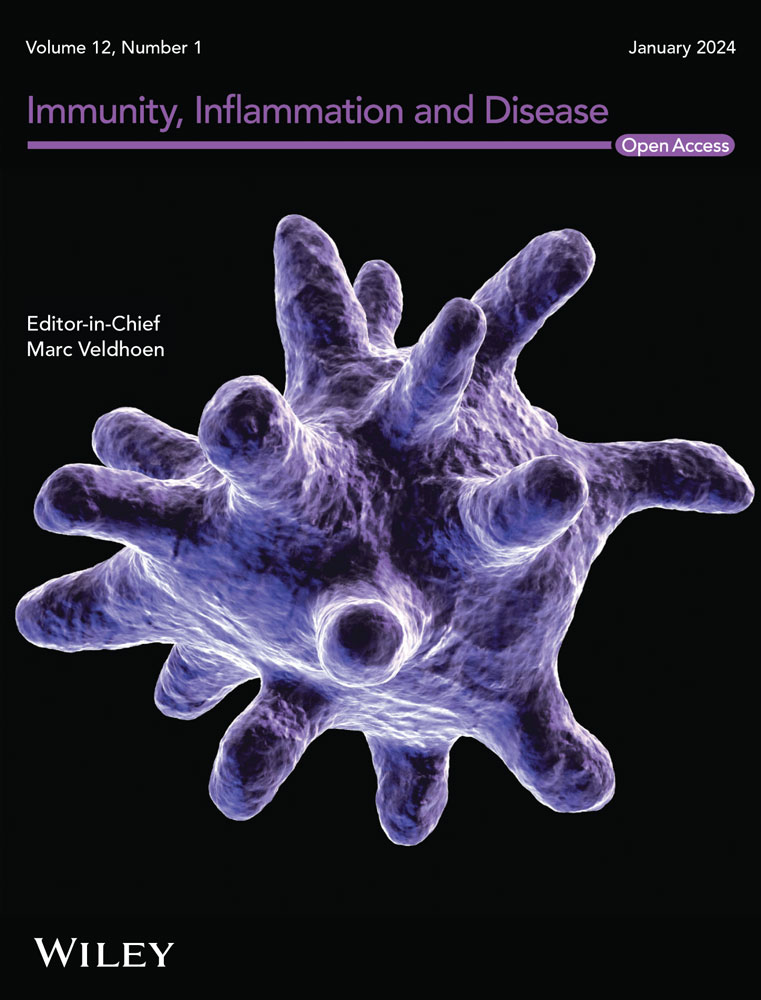Establishment of an Early Prediction Model for Severe Fever With Thrombocytopenia Syndrome-Associated Encephalitis
Abstract
Background
Severe fever with thrombocytopenia syndrome (SFTS) is an emerging infectious disease primarily transmitted by ticks. The development of encephalitis in SFTS patients significantly increases the risk of adverse outcomes. However, the understanding of SFTS-associated encephalitis (SFTSAE) is still limited. This study aimed to identify the clinical characteristics of SFTSAE and develop a predictive model for early detection.
Methods
We retrospectively collected data from 220 SFTS patients admitted to Nanjing Drum Tower Hospital between May 2019 and January 2024. The patients were first randomly divided into a training set (154 people, 70%) and a validation set (66 people, 30%). The patients in the training set were divided into SFTSAE and non-SFTSAE groups according to the presence of encephalitis. A prediction model was constructed using the training set: important clinical parameters were selected using univariate logistic regression, and then multivariate logistic regression was performed to determine the independent risk factors for SFTSAE. A prediction model was constructed using these independent risk factors. Finally, the validation set was used to verify the predictive ability of the model.
Results
Age, C-reactive protein, d-dimer, and viral load were independent risk factors for SFTSAE (p < 0.05). A nomogram containing these four indicators was constructed, and the predictive performance of the nomogram was evaluated using the ROC curve. The AUC of the model was 0.846 (95% confidence interval [CI]: 0.770–0.921), which had good predictive ability for SFTSAE.
Conclusion
Conclusion: The overall mortality rate of SFTS patients was 17.53%, and the mortality rate of encephalitis patients was 50%. Old age, high C-reactive protein, elevated d-dimer, and high viral load were independent risk factors for SFTSAE. The nomogram constructed based on these four indicators had good predictive ability and could be used as an evaluation tool for clinical treatment.


 求助内容:
求助内容: 应助结果提醒方式:
应助结果提醒方式:


